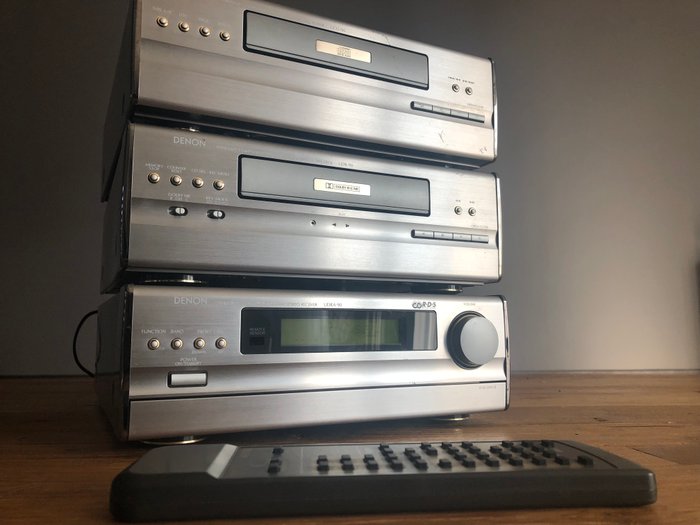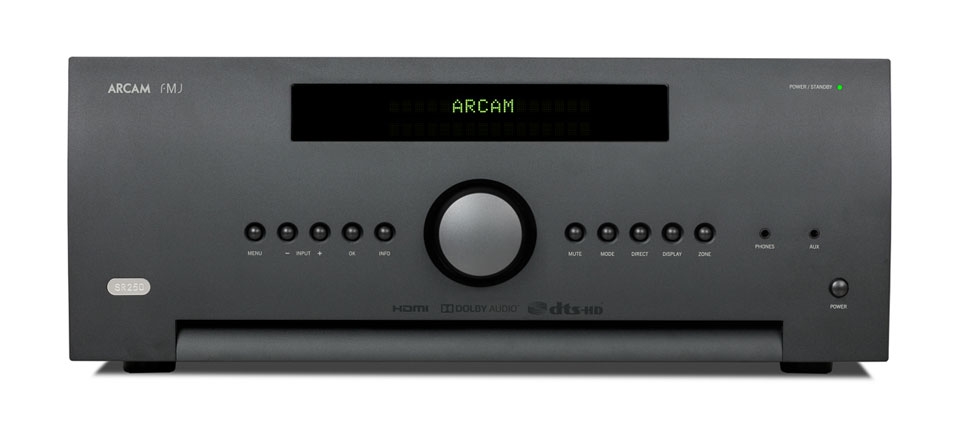There was a time, between the early 1970s and the late 1990s, when every well-equipped British home included a respectable audio system. Possessing high-quality hi-fi equipment, whether you were an audiophile or not, was a sign of your discerning character, similar to having good furniture or a high-end car. By the 1990s, many of the major Japanese companies had developed packaged sets of micro components to suit this need. The stacks of miniaturized amplifiers, tuners, cassette decks, and Compact Disc players appeared to be real audiophile gear, but they avoided the usual compromises: the devices were elegant and matched in appearance, easy to operate, and didn’t usually require a rat’s nest of cords around the rear. Any model worth considering has to have high-tech features like remote control, digital tuning, logic driven tape transports, and programmable timers, as well as a good level of amplifier power.
In this category, Technics and JVC scored well, but one brand in particular stood out: Denon. This venerable Japanese firm perfected the formula and benefited from a recognizable and specialized image. Because a Denon television, portable radio, or vacuum cleaner could not be purchased, the public regarded anything bearing this name as a serious hi-fi product. The D-90 system, which was released in 1993 and included a 40-watt AM/FM receiver, a cassette deck, and a CD player, is representative of the company’s production. The adoption of Denon’s drawer loading cassette drive, which had previously only been seen in the company’s higher-end separate decks, allowed for a clean appearance. The cassette and Compact Disc parts of the D-90 were created to look nearly identical using this method. The receiver’s display glass was also created to match this dimension, and the entire appearance is agreeable; whereas much nineties design has aged terribly, this still comes off as handsome and discretely costly.
Serious audiophiles may argue that the D-90’s limited power supply and hybrid chip power amplifier, as well as the two source units’ reliance on the receiver part (they’re both connected by proprietary cables, share the power supply and display, and can’t be used with other equipment), make it a poor choice for a hi-fi system. To some extent, the receiver’s inclusion of a respectable MM phono stage and an auxiliary tape loop, Dolby C in the cassette deck, and dual Burr Brown 18-bit DACs in the CD player offset this point, but it doesn’t really matter. What matters is that the Denon looks the part and performs like a proper hi-fi system.
This was far from a common occurrence in this market category. Many of the D-90’s competitors had needless gimmicks that only served to make them worse. Various ‘sound shapers,’ equalizers, boosters, and bass enhancing devices were among the most common, and not all of them could be turned off. These things may appear attractive in the showroom, but they quickly become grating. Worse, they’re frequently utilized to hide flaws in other parts of the design. The Denon lacks all of this; there are treble and bass settings, as well as a volume function, but the default option for all of these is ‘off,’ which results in a flat response from the amplifier. This enables the use of high-quality hi-fi loudspeakers to their full potential.
It’s in a different league than what the non-audiophile middle class buys these days. There is no other speaker dock or Bluetooth system on the market that comes close; the Denon has the power and precision of a type of equipment that is no longer manufactured. Denon is known for its superb tuners and cassette decks, as well as being the originator of the PCM encoding technology on which the Compact Disc format is based, therefore none of the sources are weak. The amplifier is more than adequate; there is nothing to complain about at typical listening levels, and it has ample power reserve for party duty as well. It can be paired with nice current loudspeakers up to £500, such as Cambridge Audio’s superb AeroMax 2. It is clean, sharp, and smooth yet surprisingly detailed.
These were well-built units that lasted a long time, but now that they are approaching a quarter-century old, they may require some maintenance. Soldering failures are not uncommon in the receiver section, which runs hot; the area around the power amplifier hybrid chip is particularly sensitive. The memory backup battery in the tuner may have also run out, meaning that if the unit is turned off, the preset radio stations would be lost. A badly used CD player may require a new laser (although it is more robust than many from this age), and a heavily used cassette deck will almost surely require new belts to restore its former functionality. The heads of the D-90’s cassette section, like those of practically every other slot or drawer loading cassette deck, cannot be cleaned without disassembling the unit, but it isn’t difficult. The clamping mechanism must also be removed, but it simply unclips; everything is well-designed, so there’s no reason to put up with slurred, fuzzy sound from tapes in this system.
Because values are now skewed, ignore anything incomplete or shabby. You’ll want to see a complete set of cords (these are special and the system won’t work without them), as well as the three main modules in good working order. Don’t get too worked up about the quality of the included speakers (if any); there are lots of nice, low-cost options out there, and the breed has progressed since the D-90’s days. With the original Japanese microsystems from Aiwa and Aurex becoming more expensive, you might want to look into this early-nineties reimagining of the concept – it’s just as good and, in many respects, more practical. Now is the time to buy while they’re still inexpensive and simple to get by, because this situation won’t remain forever… TJ


